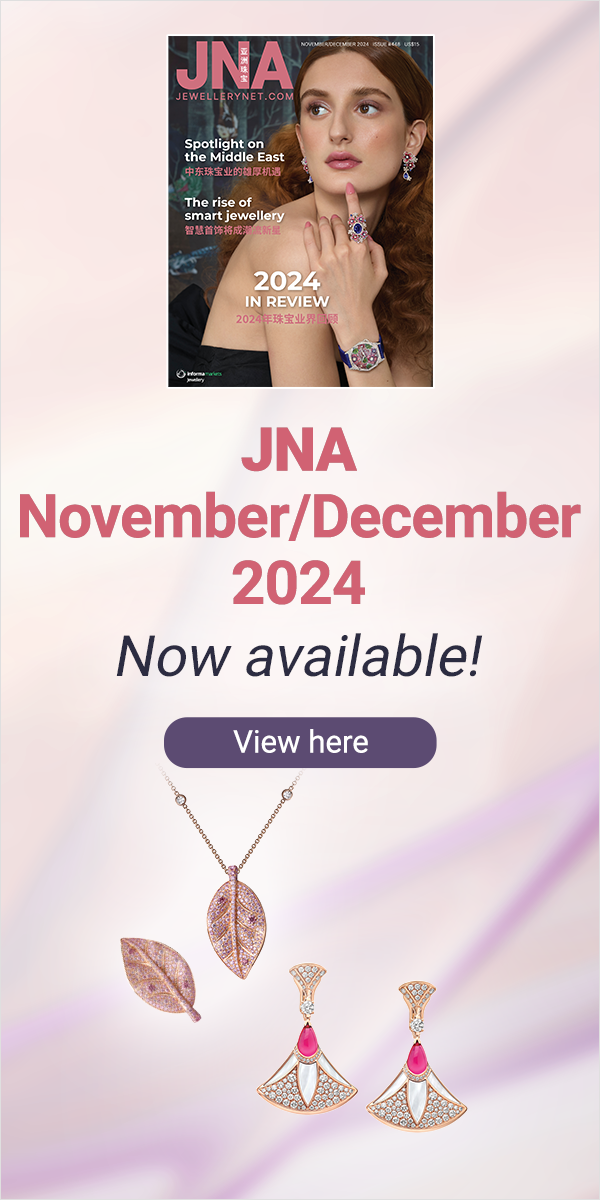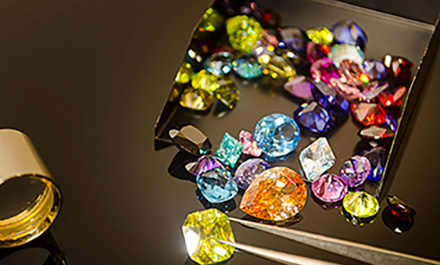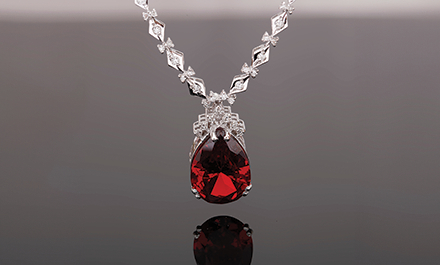A growing preference for innovative product options could propel demand for lab-grown emeralds, presenting lush opportunities for growth in this emerging category.
This article first appeared in the GEMSWORLD 2024.
Prospects are glowing for lab-grown emeralds as buyers increasingly favour new and exciting products in the gemstone and jewellery trade, according to Hong Kong-based Inter-Pacific Holdings Ltd.
In fact, lab-grown emeralds are poised to follow the growth trajectory of lab-grown diamonds (LGD) and fulfil a growing requirement for green lab-grown gems, revealed Inter-Pacific Director Louis Lo.
The company is currently developing new, more natural-looking lab-grown emeralds that display a “jardin” appearance in response to soaring demand for such stones. Current lab-grown emeralds in the market are deemed too clean and glass-like, noted Lo.
The term “jardin” is commonly used to describe the profusion of inclusions inside natural emeralds.
Inter-Pacific’s new jardin-quality lab-grown emeralds were originally scheduled for official launch in the second half of 2023, but production is proving to be more challenging than expected.
Lo explained, “The selling point of these new Biron hydrothermal emeralds are inclusions that mimic those appearing in natural stones. Unfortunately, we are experiencing some difficulties since the production process is quite complex. Only a very low percentage of production comes out with the desired quality.”
Inter-Pacific will need more time to perfect the product and is looking at unveiling it during the second half of 2024, continued Lo. The stones mainly range from 2 carats to 5 carats, with limited production of sizes up to 10 carats. The new stones are priced at a premium over usual versions as these require a more intricate method to produce.
Inter-Pacific’s new Biron hydrothermal emeralds are aimed at jewellers that manufacture higher-end jewellery with superior, natural-looking lab-grown gemstones, said Lo. “We expect the market to welcome our new stones with open arms since they closely resemble mined emeralds but come at a fraction of the cost and do not require any oiling or treatment,” he continued.
The Biron technique of creating lab-grown emeralds using the hydrothermal growth process was developed in Australia in the 1980s and 1990s. The process has continually been refined and is now conducted in Hong Kong. Biron hydrothermal emeralds have the same gemmological composition as a natural emerald but typically have little or no inclusions due to its production process. Inter-Pacific’s new stones with a “jardin” appearance thus represent a significant technological breakthrough.
New era in lab-grown gems
Meanwhile, demand for Inter-Pacific’s classic lab-grown emeralds bearing the vivid colour saturation of beloved Colombian emeralds remains robust. An exceptionally strong market for such lab-grown emeralds is China, thanks to the country’s affinity for the colour green, disclosed Lo.
“There is solid buyer interest in this category, specifically lab-grown stones of 5 carats and up. The retail price is well over US$100 per carat,” he added.
Major jewellery houses actively using LGDs in their collections is also bolstering the appeal of lab-grown stones as go-to trendy options among today’s buyers. And this bodes well for lab-grown emeralds, according to Lo.
“We are trying to follow the path taken by the LGD sector towards growth and success,” he said. “Since LGDs are mainly produced in white, there is room for finer-quality green lab-grown gems such as our lab-grown emeralds. This gives us an opportunity to tap this market.”












